William Notman (1826, Paisley, Scotland–1891, Montreal)
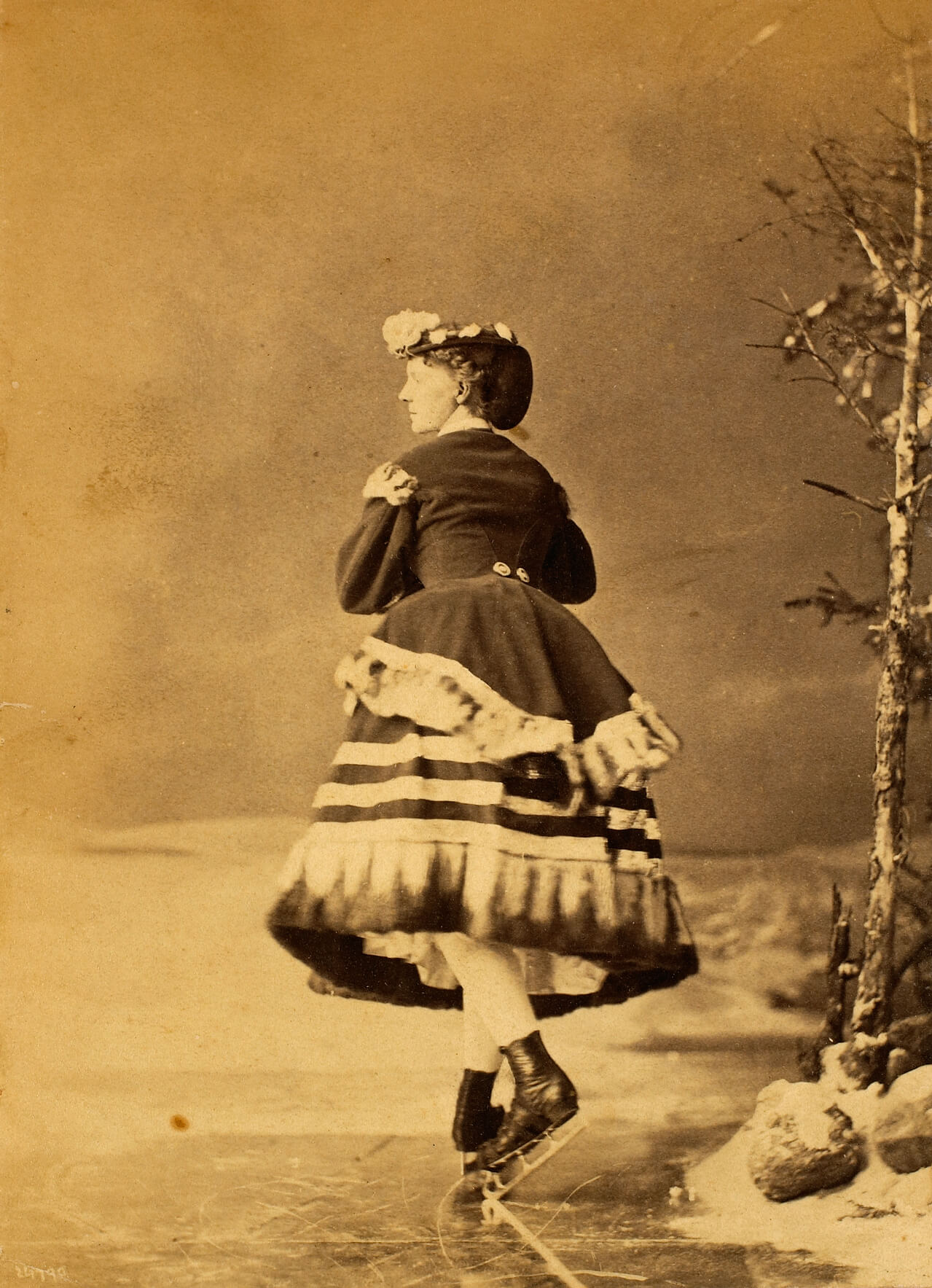
The “Skating Queen,” c.1855
Albumen silver print, 13.9 x 10.1 cm
National Gallery of Canada, Ottawa
The elegantly costumed woman in The “Skating Queen” appears gliding along the ice as she moves through a winter landscape in this portrait by William Notman (1826–1891), yet she was photographed indoors, in a specially designed winter studio. Creating winter portraits inside with unique technical innovations was one of Notman’s trademarks, and the images were among his most popular, one of the reasons he achieved tremendous commercial success. Through his unparalleled combination of photographic and promotional skills, Notman became the first Canadian photographer to build an international reputation.
After emigrating from Scotland in 1856, Notman worked for a season in a dry goods company before setting up a lucrative photographic business in Montreal. Fascinated by new technology, he ensured that his studio used the latest equipment and he was constantly developing novel techniques for photographs, whether that involved simulating ice and snow in the studio, patenting the use of magnesium flares to replicate fire, or developing a composite technique to create (fairly) naturalistic group portraits when camera exposures were still too long to do so simultaneously.
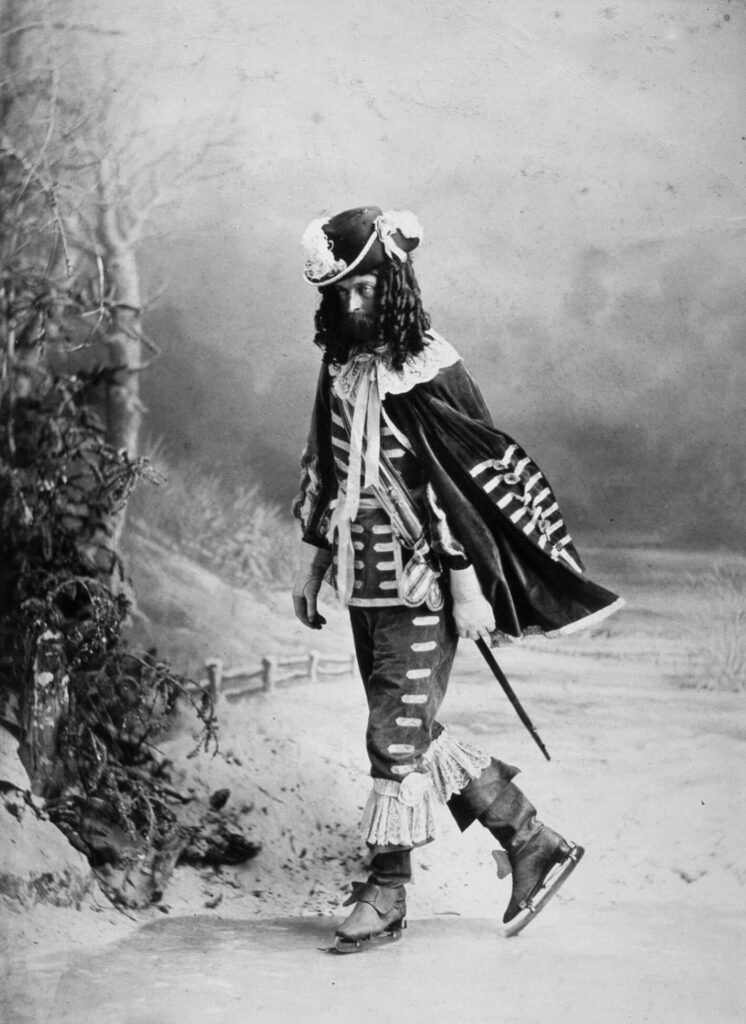
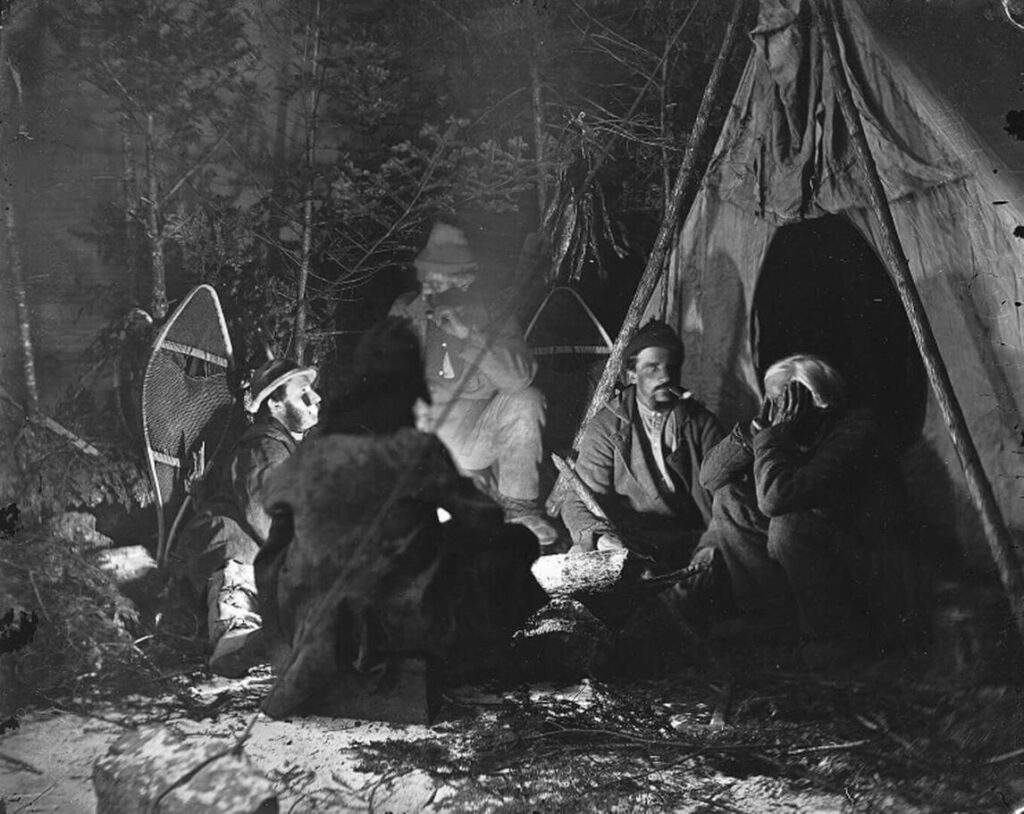
Notman’s most artistically revered photographs are his sharp and elegantly composed landscapes and views, including a series commissioned in 1858 by the Grand Trunk Railway Company to document construction of the Victoria Bridge, which would connect Montreal by rail to New York and Boston. But his studio portraits and genre photographs are also impressive for the sheer volume he produced, and sometimes for the creativity showcased therein.
Notman sought celebrity for himself by submitting his work to international exhibitions and journals, but he also leveraged the potential of famous and infamous sitters, such as Sitting Bull (Sioux name Tatanka Iyotake) and Buffalo Bill (born William Frederick Cody), to sell photographs and elevate the reputation of his studio. In the 1860s, he advertised himself as “Photographer to the Queen,” after gifting the Prince of Wales and Queen Victoria with an album in the queen’s honour, a designation that assisted in marketing his work to domestic clients and the growing market of tourists.
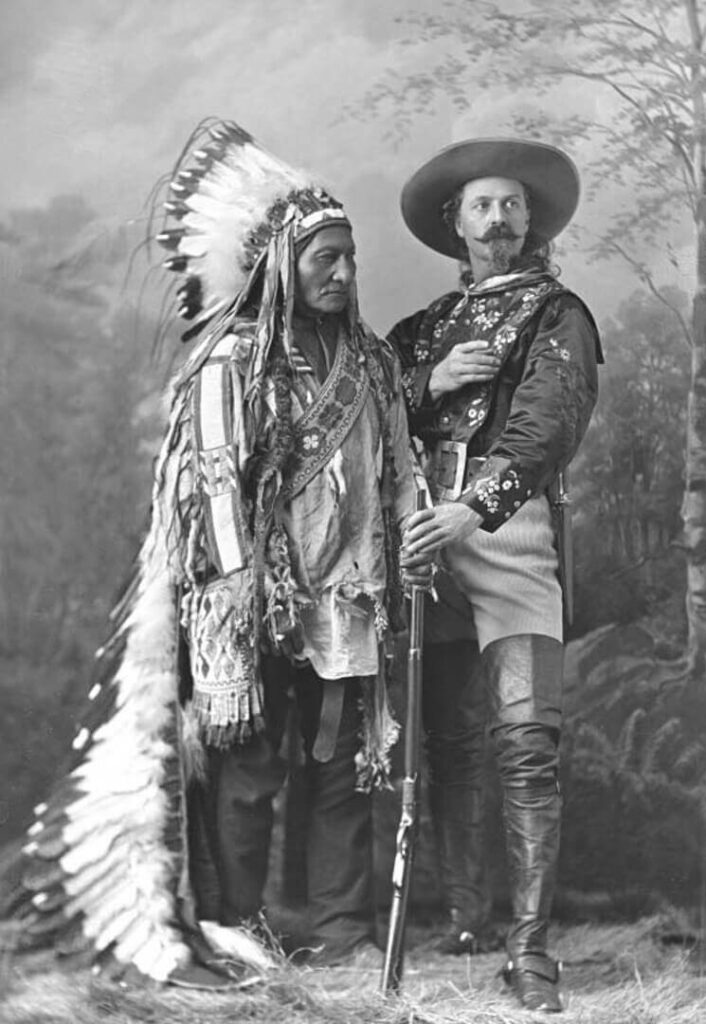
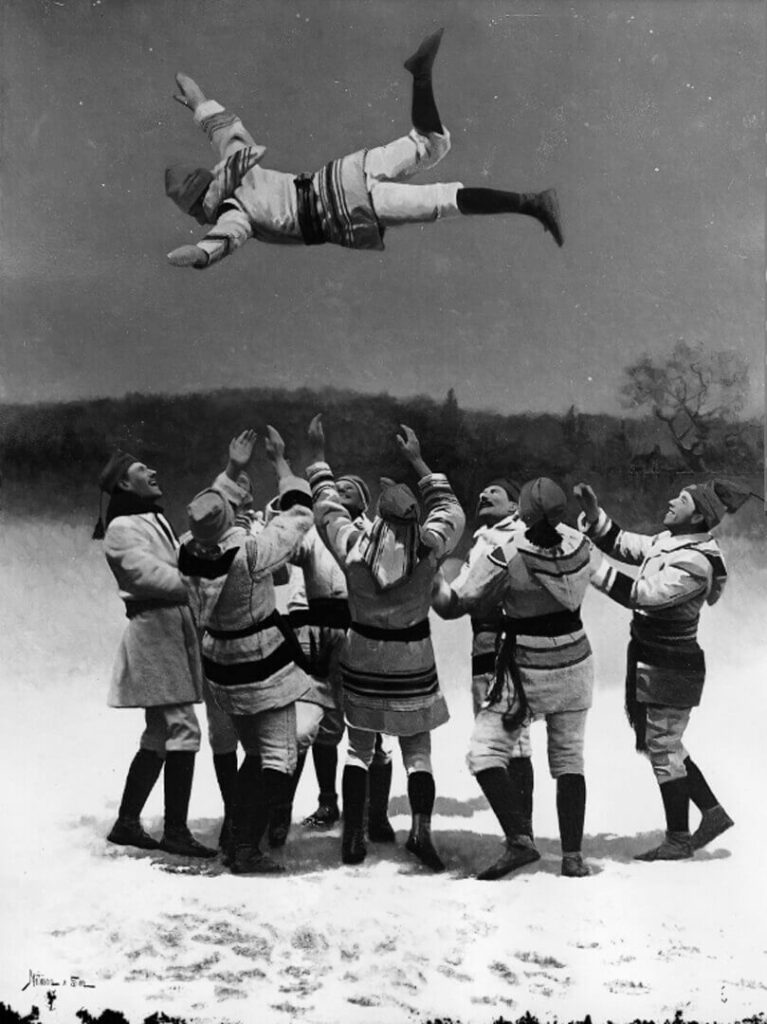
In concert with Alexander Henderson (1831–1913) and other prominent Montreal artists and photographers, Notman promoted the nascent field of Canadian art by sponsoring art exhibitions in his lavish studio. He also photographed a selection of Canadian paintings and sold them as a book. Through these activities, he promoted and elevated his photographic services, linking fine photography to the art world to leverage its commercial potential.
Notman’s innovation is most clearly seen in his approach to the business of photography. Over the course of the nineteenth century, he set up studios across eastern Canada and in the United States. As his business grew, Notman had other photographers working for him, and after his son William McFarlane Notman joined the studio in 1882 it was renamed Wm. Notman & Son. Some of the more iconic images from the 1880s, such as The Bounce, Montreal Snowshoe Club, QC, 1886, are best attributed to the studio rather than an individual. After their father’s death, William McFarlane Notman and his brother, Charles, ran the studio before selling the holdings to a film production company, the Associated Screen News, in 1935.

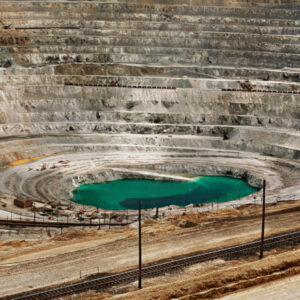 About the Authors
About the Authors
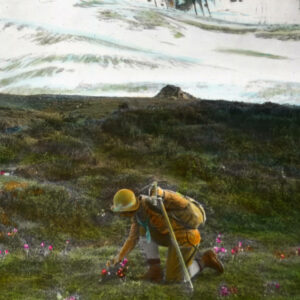 More Online Art Books
More Online Art Books
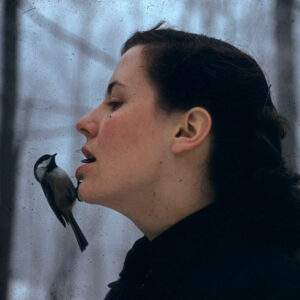 Acknowledgements
Acknowledgements